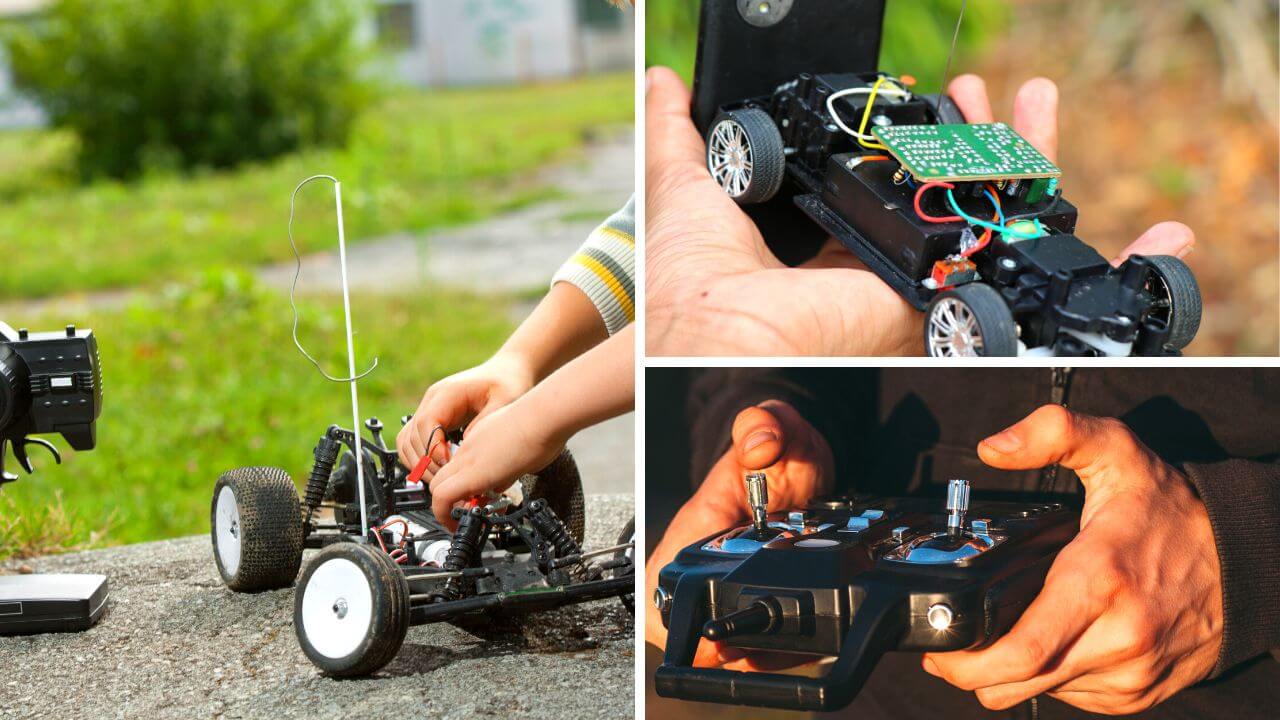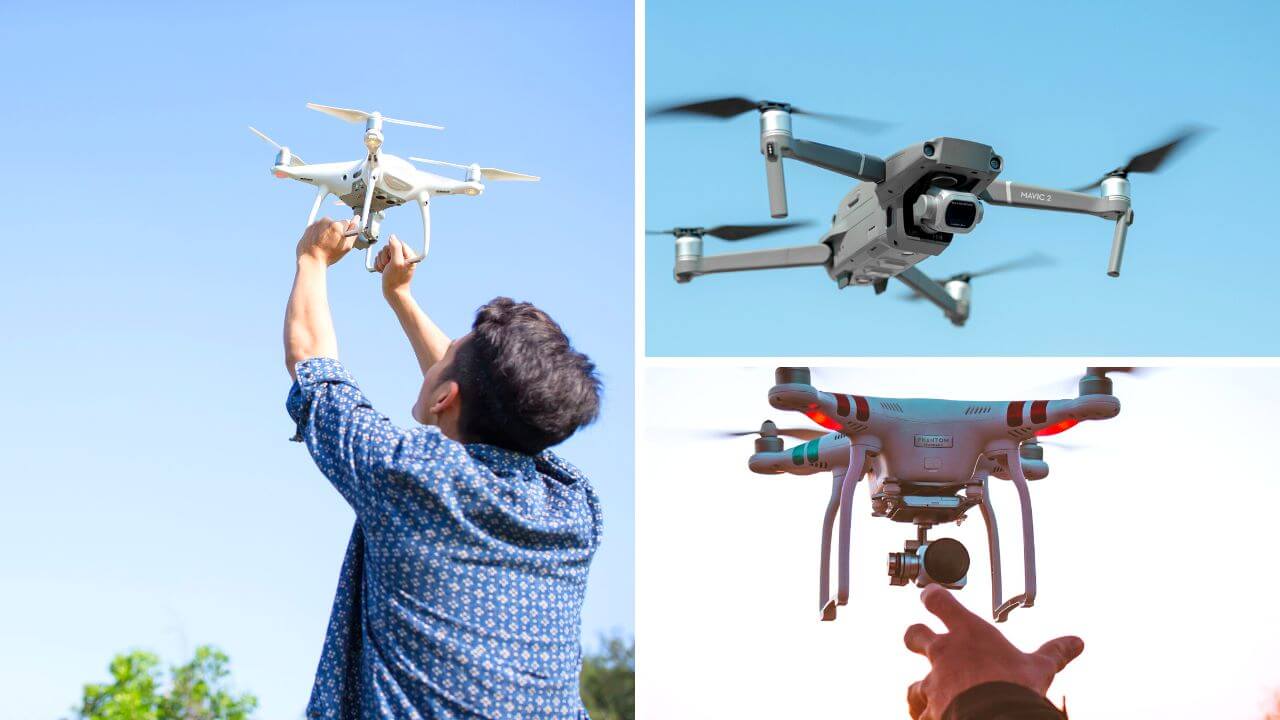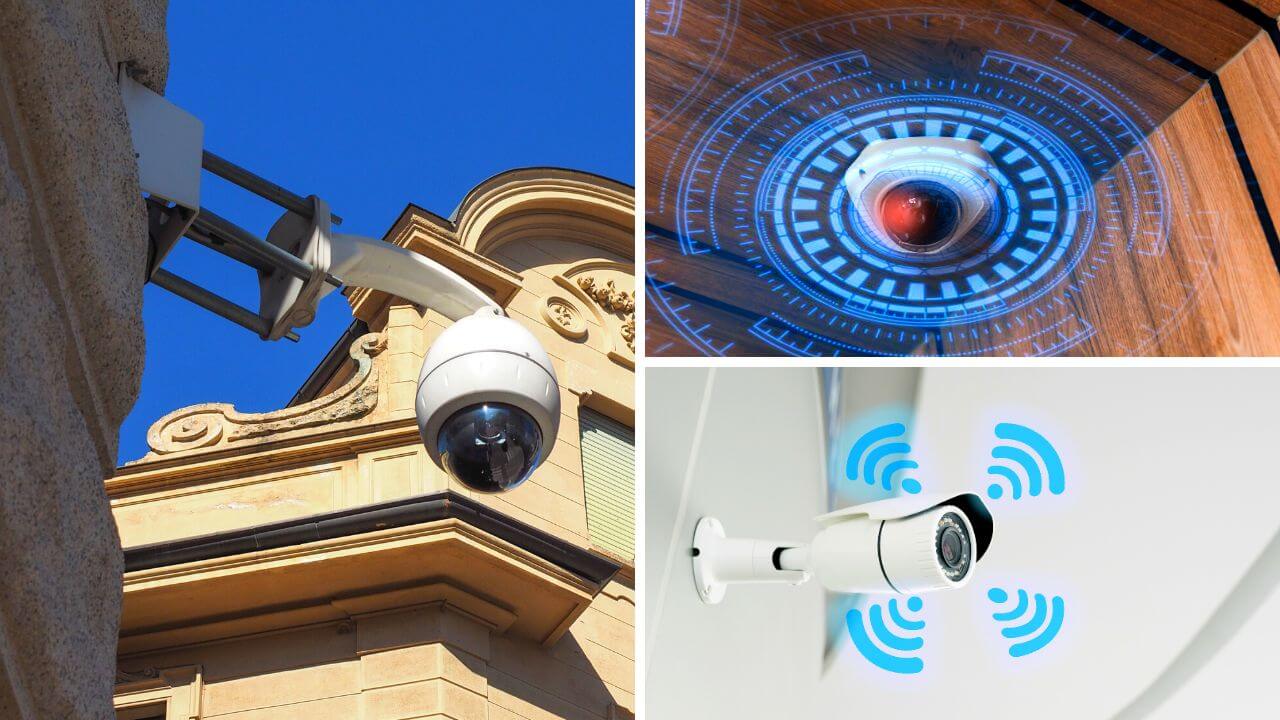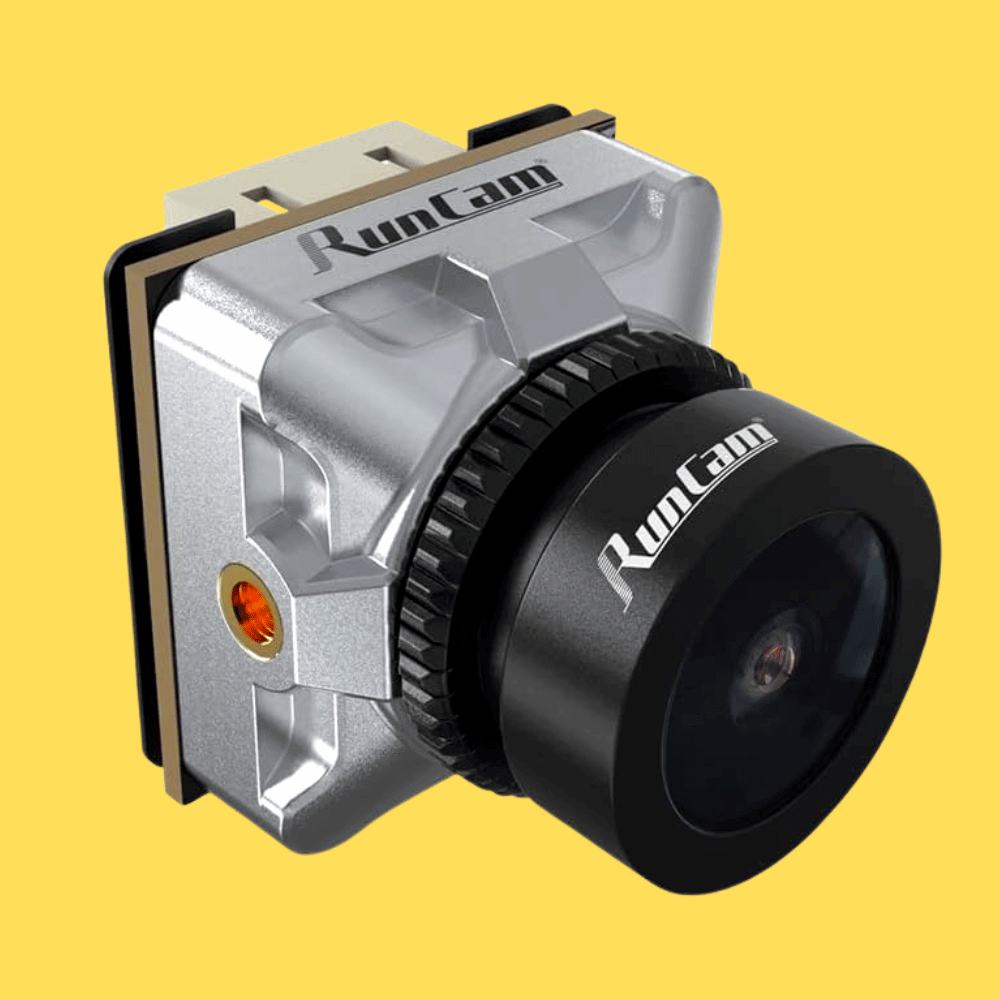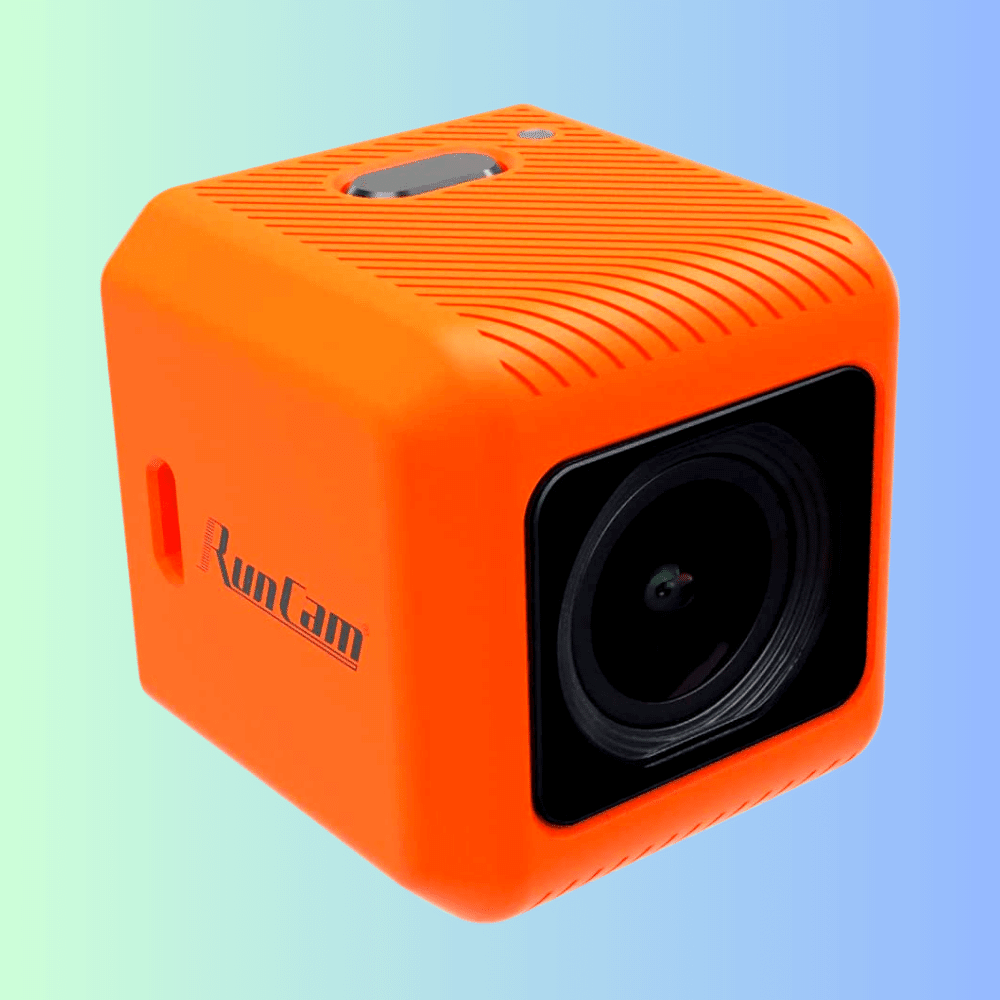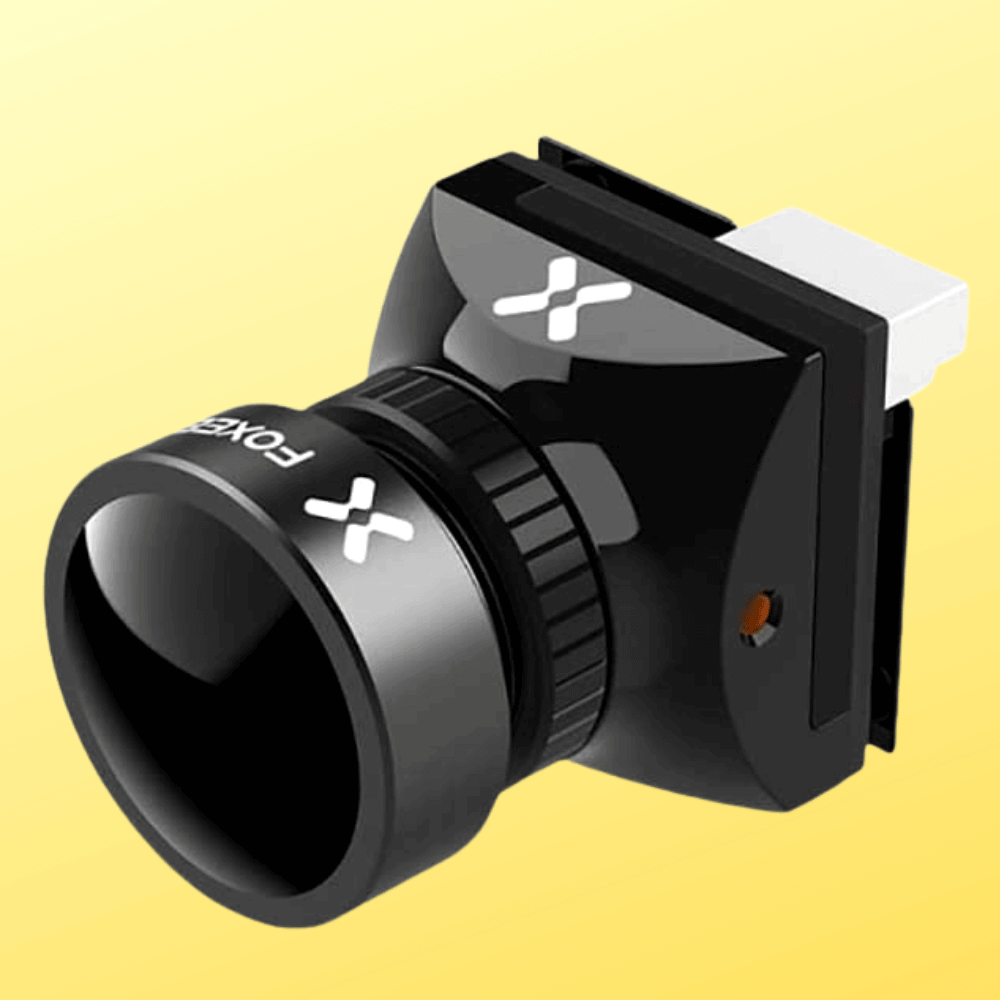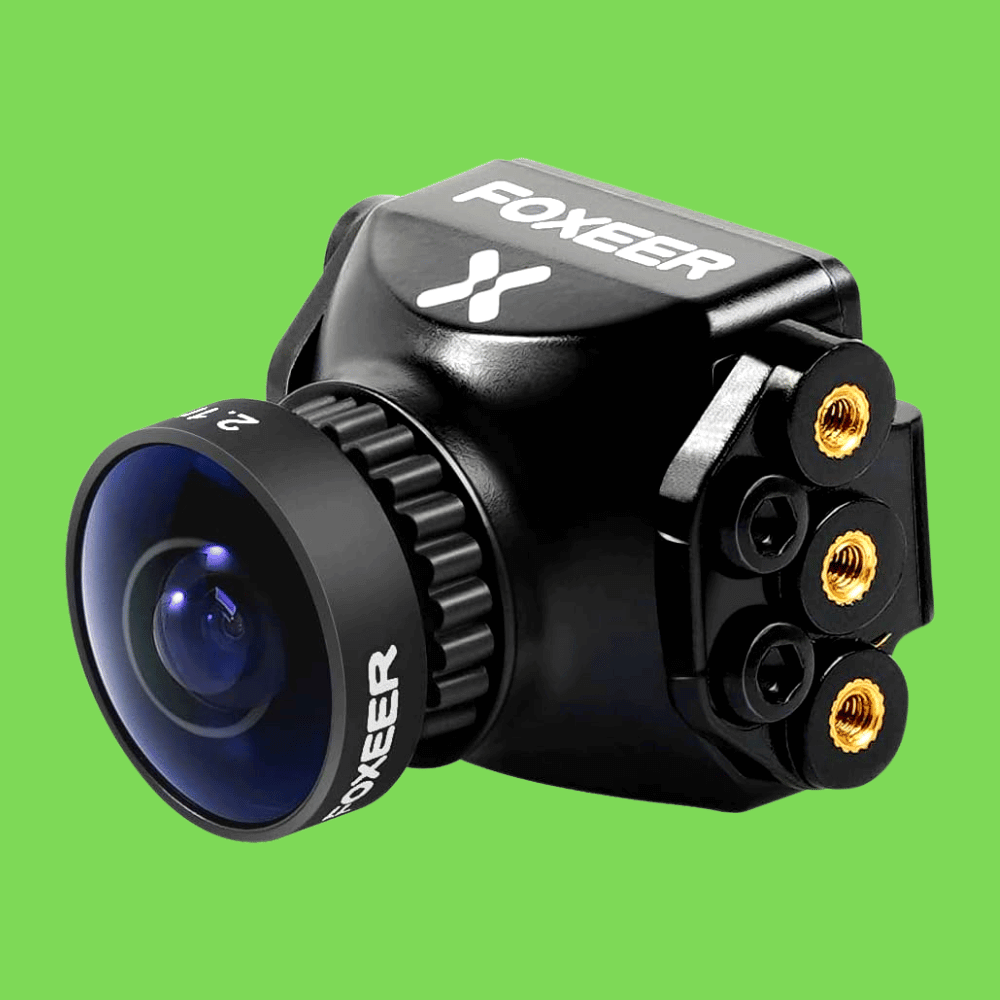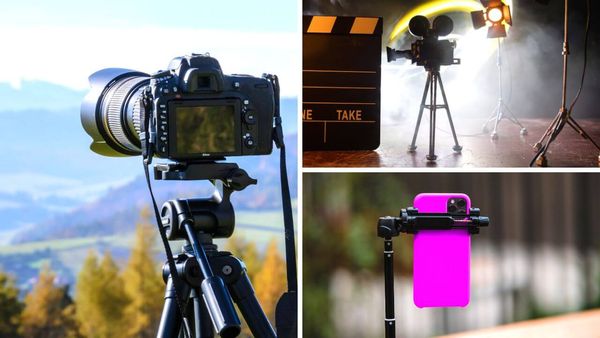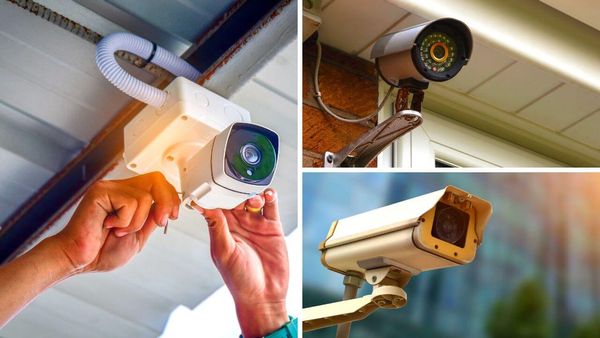Is your drone missing something?
What it needs is an FPV camera! With an FPV camera, you can see the world from a different perspective no matter if you're flying in circles or doing amazing tricks. It’s like being inside a virtual reality game but much more real, exciting, and exhilarating!
Imagine having access to features that will make your drone flight so smooth, even beginners can feel like pro pilots. Plus with HD quality videos and great resolution images, be ready for some truly stunning visuals right out of the box! And best of all – no experience is necessary - this FPV system sets up quickly and easily.
Upgrade your drone today with the latest up to 4-star rating Fpv cameras available on the market now!
How We Choose The Best FPV Camera
Choosing the right FPV camera can be a daunting task, especially if it's your first time doing so. With endless options like gopro, runcam, Foxeer, and complex technical specifications to consider, you could be easily overwhelmed.
Even experienced FPV pilots find it hard to choose the perfect camera, as they are constantly upgrading and need to keep up with new tech developments.
If you’re looking for help making an informed decision about the best FPV cameras on the market, look no further! We've done all the research for you and compiled a detailed list of reviews and ratings to help you pick the perfect FPV camera for your needs.
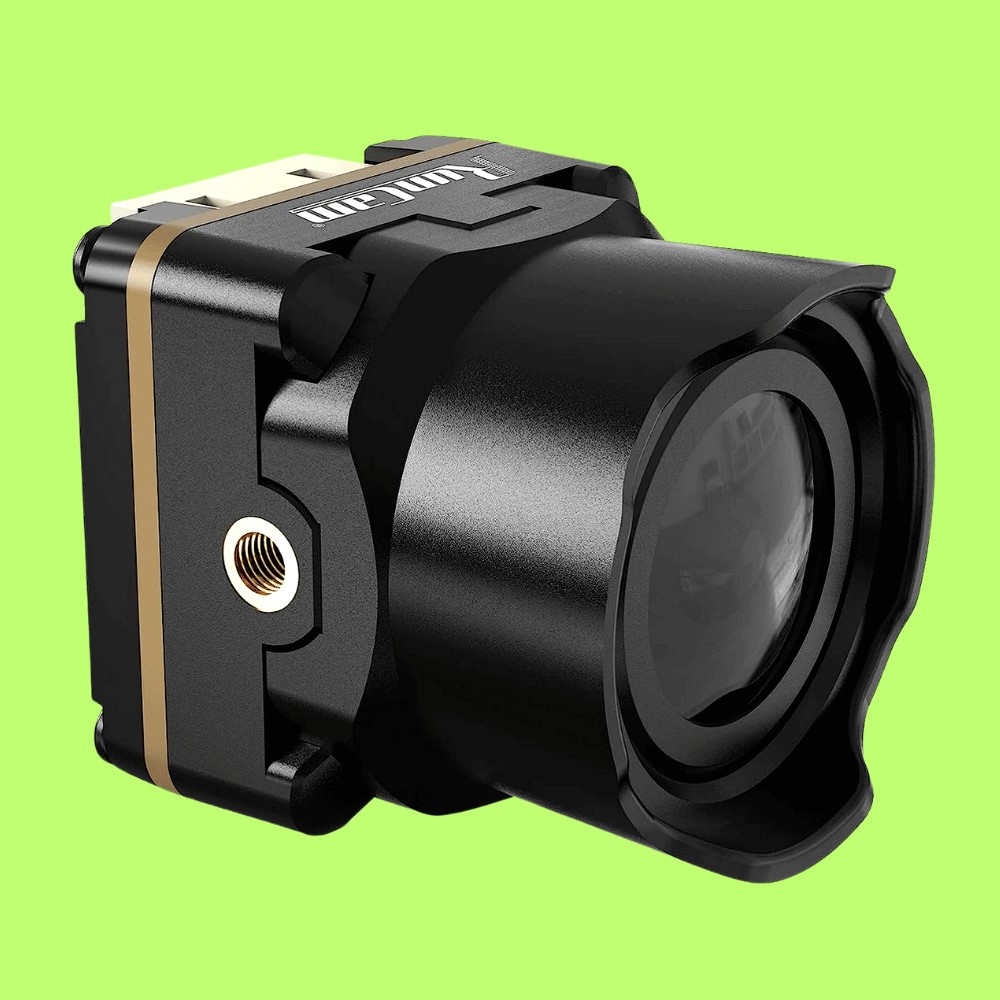
Best Budget Friendly Fpv Camera
RunCam Phoenix 2 SE Special Edition Micro Drone Camera
Reasons We Love It
Why do we love the RunCam fpv camera? Let us count the ways! First of all, the real 1000TVL resolution and 1/2" CMOS sensor ensure that you'll capture every detail of your freestyle flying. And with a FOV of 160°, you won't miss a single breathtaking moment. The global WDR and day/night switch mean you can fly anytime, anywhere, without worry. But it's not just the technical specs that keep us coming back - the sandwich fully covered back cover design protects against dust and short circuits, ensuring a longer lifespan for the camera.
And we can't forget the anti-glare lens hood, which not only protects the lens but keeps those pesky sun glares from ruining your perfect shot. All in all, the RunCam fpv camera is a reliable, durable, and stylish choice for all of your flying adventures.
Things To Know About
If you're in the market for an FPV camera, you'd be sur-FPV-sed if you didn't consider RunCam. First things first, with the built-in 6-pin connector, you can easily set the parameters of the camera using a RunCam OSD board or even your trusty FPV transmitter. Plus, it's nice to know that with selectable 4:3 and 16:9 aspect ratios, you can customize your viewing experience. And, if you're like me and constantly bouncing from country to country, the ability to switch between NTSC and PAL is a true blessing.
Another bonus? At only 19*19mm, it's the perfect size for most FPV drones, RC cars, and even planes. So next time you're buzzing around like a busy little bee, remember to snag yourself a RunCam – you won't regret it, honey.
Reasons We Love It
So, you're in the market for a high-performance FPV camera? Well, we have some good news for you - the RunCam Phoenix 2 is the bee's knees! Why, you ask? For starters, the upgraded CPU and 1/2'' image sensor produce vivid, high-resolution pictures that will make your eyeballs pop out. But wait, there's more! The superglobal WDR image sensor means the Phoenix 2's low-light performance is even better than the already impressive RunCam Eagle.
And don't even get us started on the lens - the 6 layers of high-quality glass, coupled with the ƒ/2.0 aperture, bring less red lens flare and purple fringing effect to your footage. All in all, the RunCam Phoenix 2 is a top-notch piece of tech that's sure to make your FPV experience all the more delightful.
Things To Know About
Alright, buckle up, folks! We're about to take a deep dive into the realm of RunCam's latest micro FPV camera, the Phoenix 2. First off, let's talk about image quality. The Phoenix 2 blows its predecessor, the Eagle, out of the water with its stunningly clean image and minimal digital shimmer. Plus, it's on par with the Eagle when it comes to latency, making it a perfect companion for all you freestyle fanatics. But that's not all, folks! The Phoenix 2 also boasts an ultra-wide angle lens, capturing every flip, twist, and turn you can throw at it.
Oh, and did I mention it can handle a wide range of lighting conditions? From bright sunshine to the darkness of night, this little camera has got you covered. Say goodbye to the guessing game of battery life mid-flight.
Reasons We Love It
Ah, the RunCam 5 Orange expensive cameras- could it be any sweeter? We absolutely adore this ultra-light 4K hd cameras - it weighs only 56g and is a svelte 38mmx38mmx36mm. But don't let its size fool you, as it's packed with a whole lot of power. For starters, it's compatible with the mount base of Hero Session 5, making it extremely versatile. Plus, it can shoot 2.7K 60fps videos, thanks to its electronic image stabilization (EIS) chip and Sony IMX377 12MP high-performance image sensor.
We can't forget to mention its upgraded CPU, offering ultra-low power consumption, and recording time of up to 105 minutes for 4K and 120 minutes for 1080p/60fps. And did we mention it improves over 30% than other Black? This camera is a real winner in our books - RunCam 5 Orange, we salute you!
Things To Know About
When it comes to capturing the excitement of your FPV adventures, the RunCam 5 4K FPV Camera is the cat’s pajamas. With its bandwidth dynamic motion camera, you’ll be able to capture all the action in stunning detail without any lag or interference. Plus, the sturdy lens protection design ensures that your camera will withstand any bumps or scrapes along the way. And let’s not forget about the high-quality image output, which includes 4K/30fps, 2.7K/50fps, 1080P/120fps, and 60fps video options.
Whether you’re facing direct sunlight or dimly lit terrain, the RunCam 5’s WDR effect ensures that your images will be top-notch. Plus, with its small size and 145° wide angle view, this versatile little camera is perfect for capturing action-packed footage beyond your FPV adventures. So, don’t miss out on the chance to capture your thrills with the overall best than the previous runcam fpv camera!
Reasons We Love It
While the Foxeer Micro Cat 3 is certainly an impressive fpv camera, allow us to introduce you to the equally amazing SoloGood. This little camera packs a punch with its 1200TVL resolution and 0.0001lux low light capability, making it perfect for night-time flying escapades. But what really sets the SoloGood apart from the rest is its 150-degree field of view, giving you a broader perspective of the world around you.
And let's not forget about its switchable 4:3/16:9 PAL/NTSC system, ensuring that no matter where you are in the world, the SoloGood will deliver crystal-clear footage. So, whether you're an experienced fpv enthusiast or a newbie just starting out, the SoloGood is the perfect choice for taking your flying adventures to the next level.
Things To Know About
If you're in the market for a top-of-the-line FPV camera, look no further than the SoloGood. This camera packs a punch with its large aperture night vision lens, ensuring that you're able to see even in the darkest of environments. And with less noise and low latency, you'll be able to fly with smooth precision and without the headache-inducing lag that plagues lesser cameras.
But perhaps the most impressive feature is the 0.00001LUX super starlight sensor, allowing you to capture crystal clear footage even in the faintest of light. Don't let your FPV flights be held back by subpar equipment - upgrade to the SoloGood and see the difference for yourself.
Reasons We Love It
There are a plethora of reasons why we absolutely adore the FOXEER FPV Camera Razer Miro. First and foremost, can we talk about the 1200TVL with 90db WDR? This bad boy can handle any type of weather condition, from sunny to cloudy, and even in the darkest of nights with almost no illumination. Not to mention the separate OSD and the fact that it's switchable between NTSC/PAL and has a 16:9 ratio. The cherry on top of the cake is the low latency, which ensures that you get nothing but high-quality images.
With a 1/3" CMOS sensor, the FOXEER FPV Camera Razer Miro is a beast in the world of FPV cameras and delivers impressive performance. I mean, come on, at 0.0001lux illumination, what more could we ask for? If you're looking for a reliable and top-notch FPV camera, look no further than FOXEER.
Things To Know About
If you're on the hunt for the ultimate FPV camera, let me tell you all about the FOXEER. First off, this little powerhouse packs a punch with a 5 MP effective still resolution. Don't let its small size fool you, this camera means business. And even though it's compact, it boasts a net weight of 12g and dimensions of 0.86 * 0.86 inches. Nifty, eh? But let's not forget the important stuff: batteries and remote control.
Sorry folks, you won't find those included with your purchase. However, with its exceptional picture quality and impressive features, I think we can forgive FOXEER for not throwing in a few extra doodads. So if you want to rule the skies with top-notch visuals, the FOXEER FPV camera is the way to go.
What To Look For In The Best FPV Camera Guide
1. Good Field of View
One of the most important things to look for in a good FPV camera is a good field of view. The field of view is the angle at which the camera can see, and a larger field of view means that the camera can see more. This is important because it allows you to see more of what is going on around you, which can be helpful in avoiding obstacles and keeping track of where you are.
2. Wide Angle Lens
Another thing to look for in a good FPV camera is a wide-angle lens. A wide-angle lens allows the camera to see more than a normal lens, which can be helpful in getting a better view of what is going on around you.
3. High Frame Rate
The frame rate is the number of frames per second that the camera can take, and a higher frame rate means that the camera can take more pictures per second. This is important because it allows you to get a better view of fast-moving objects, such as birds or other aircraft.
4. Low Light Sensor
A low light sensor allows the camera to see in low-light conditions, which can be helpful if you are flying in an area with little light. This is important because it allows you to see what is going on around you even when there is not much light available.
5. HD Camera
An HD camera allows the camera to take pictures in high definition, which can be helpful in getting a clear view of what is going on around you.
The FPV Camera FAQs
Trying to figure out how to get the most out of your new FPV camera can be overwhelming and confusing.
You're probably asking yourself questions like, "What is the range of the FPV camera?" "How does the FPV camera work?" and "How do I mount my camera?" It can feel like an endless cycle of trial and error.
Stop wasting your time guessing and get the answers you need with The FPV Camera FAQs. We've compiled all the information you need in one place, so now you can find the perfect setup for your FPV system quickly and easily.
What is the range of FPV cameras?
The range of FPV cameras depends on the model and the setup. For example, most popular commercial-grade systems offer a range of up to 1 km in clear line-of-sight conditions. However, if you use a homemade system which may include an antenna that isn't optimized for the frequency you could get just 10s or 100s of meters away from your starting point. Long story short: it's totally dependent on what hardware components you choose!
What is the aspect ratio of a FPV camera?
An FPV camera’s aspect ratio is a combination of width and height measurements, usually expressed as the length multiplied by the height (e.g. 4:3). This measurement determines how an image appears on a screen since it changes the shape of the image captured by your camera. In terms of FPV cameras, 4:3 has been most commonly used in racing drones due to its wider field of view compared with other aspect ratios like 16:9 or 3:2. So if you're looking for that perfect video shot of your drone race from your FPV camera, make sure you adjust to a 4:3 aspect ratio!
What are the best camera settings for FPV?
When it comes to setting up the best camera for FPV, you want to focus on two main factors: shutter speed and aperture. Start with a 1/500s or slower shutter speed and an F-stop of 4 - 5.6 depending on your lighting situation. You may also want to adjust your ISO and white balance as needed for the most optimal image quality. And remember, practice makes perfect!
How does the FPV camera work?
FPV cameras are pretty neat! They work by streaming a live video signal directly from the camera, usually via radio waves. This lets you see exactly what your drone sees in real time while it's up in the sky - no need to imagine what it's looking at. Pretty impressive! With this system, you can fly around with incredible precision and accuracy like never before. Plus, they're relatively lightweight and easy to use, leaving more space on your craft for other electronics or sensors. All in all, FPV cameras are great tools to take your drone flying experience to the next level!
How do you mount an FPV camera?
Mounting an FPV camera can sound like a bit of a daunting task, but it doesn't have to be! All you need to do is identify where the camera needs to go, secure it using double-sided tape or a special mount, and ensure that the view isn't blocked by any other parts of your craft. For the best viewing experience, you'll want to make sure that your footage is free from jitter and vibration - good luck!
What is the advantage of FPV Camera?
FPV cameras are the ultimate way to capture amazing aerial video and photos. Their lightweight design allows you to maneuver with ease while their wide-angle lenses provide a wide field of view, enabling you to capture breathtaking aerial shots far beyond what’s possible from the ground. Furthermore, they offer low latency streaming, making it possible for you to experience live footage on your mobile device or FPV goggles as if you were directly in the cockpit of your aircraft. If awesome video content is what you’re after–you can’t do much better than an FPV camera!
What do you need for an FPV camera?
To get the most out of your FPV (first-person view) camera, you’ll need three key components: a good quality camera with the right features, an FPV transmitter to switch between cameras and broadcast video signal, and an antenna that ensures clear reception. Beyond that, you’ll want to have some additional accessories such as waterproof cases and wide-angle lens caps for extra protection outside. A standard battery pack or power bank is also useful if you plan on flying longer than 5 minutes at a time. With all these components in hand, you’re ready for some amazing aerial shots!
What are the parts of the FPV camera?
A typical FPV (First Person View) camera setup consists of a sensor like ccd or CMOS, a lens, a power source, and sometimes an image transmission device. The sensor picks up light from the environment and converts it into digital data. That data is then processed by the lens which captures the image in a wide angle. The power source is usually a battery or USB with appropriate voltage for powering up the camera. Lastly, you can add an image transmitter to send video signals wirelessly to your flying device that will display on your screen! In short: Sensor + Lens + Power Source + Transmitter = Awesome FPV Camera Setup!
Final Thoughts About The Fpv Camera
Looking for your perfect and clarity shot with the new camera? You’ve come to the right place! We’ve gone through and curated a great selection of FPV cameras, just for you. Now that you’re armed with the knowledge you need to make an informed decision, nothing should be stopping you from getting the perfect shot every time. Don’t forget the catchphrase: A good Camera is worth a million words! So don’t let quality hold you back any longer and get out there and shoot! Stay safe, stay creative, and be happy flying!
Don’t forget to check the price on Amazon.
Thank you for reading this article.
Your Friend,
Karie
Looking for more camera related products? check out our these articles:
